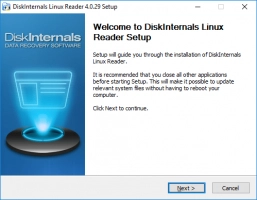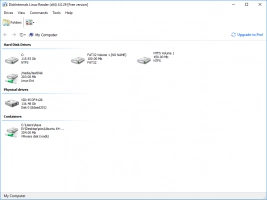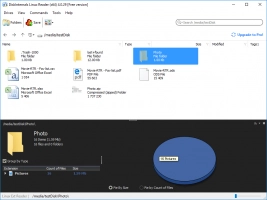What is a systemd service manager?
Here you will find out:
- what a systemd is
- how to create a systemd service and how to start it
- when DiskInternals can help you
Are you ready? Let's read!
Systemd: a modern service manager
Systemd is a multi-feature Linux utility tool for bootstrapping, creating, and managing system processes. It is a modern service management tool with much more intuitive features than runit, daemontools, or nosh. Also, systemd is the default tool for system initialization on most Linux distributions. SSH and Apache both support systemd. You can easily create services and manage them using a variety of options, thanks to systemd.
How to create a systemd service
Step 1: Systemd startup script
First, you have to create a script for the services you want to manage with systemd.
Example:
Let’s create a script and save it as “test_script.sh”. Below is the content of this script:


Step 2: Make the systemd script executable
Next, make your system startup script executable by copying it to /usr/bin:

Step 3: Create a unit file
You will need to create a unit file to define the systemd services. However, when creating a new unit file, ensure that the name of your unit file is unique and not the same as any existing service name. Also, unit files use “.INI” as the syntax and are created using ".service" as the suffix. A unit file must be saved in /etc/systemd/system directory.
/etc/systemd/system/myservice.service

Note: ExecStart is the main command in the script above; it indicates the script that contains the systemd service(s).
Step 4: Copy the unit file
At this point, you should copy the unit file to /etc/systemd/system and grant it the necessary permissions:

How to start the service
If your unit file is ready, you can launch the service following the steps below:
Start service

Check status

Stop or restart service using standard systemd commands

Automatically start service at system reboot

Open Linux files easily
The only possible way to open Linux files in Windows is by using DiskInternals Linux Reader. This piece of software is an advanced utility that allows you view all Linux partitions on a Windows computer, as well as access the files inside. It is compatible with many file systems and previews all kinds of media files and documents. DiskInternals Linux Reader works with no algorithm. Plus, the interface is very easy to understand.




